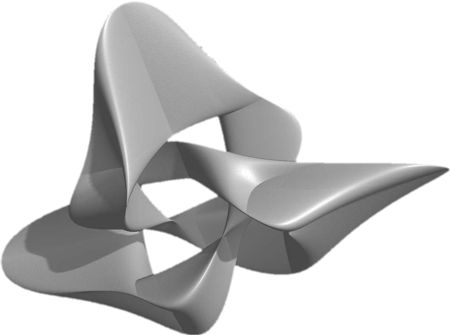Staircase of Mount Meru
(Pascal’s Triangle)
The Staircase of Mount Meru is an ancient mathematical structure first documented in Indian mathematics, known today in the West as Pascal’s Triangle. Long before Blaise Pascal formalized it in 17th-century Europe, this triangular array of numbers appeared in the works of the 12th-century Indian mathematician Pingala, who described it in relation to prosody: the rhythmic patterns of Sanskrit poetry.
In Pingala’s account, the triangle was metaphorically named the “Meru-prastaara” – the mountain-like unfolding of syllabic combinations, after Mount Meru, the mythical sacred mountain at the center of the cosmos in Hindu, Jain, and Buddhist cosmology.
The triangle itself is built from the recursive addition of adjacent numbers in preceding rows, forming a cascading structure of symmetry and pattern. Each row corresponds to the coefficients in the binomial expansion, and the triangle contains rich combinatorial properties that reveal fractal echoes of balance, harmony, and hidden unity.
From counting combinations to mapping Fibonacci sequences, the Staircase of Mount Meru is not merely a mathematical tool but a mystical diagram of ascent. It is a cosmic staircase, each step formed by the summing of what came before, reminding us that progress in life, as in math, often requires integrating the past to climb toward greater complexity, truth, and transformation.
